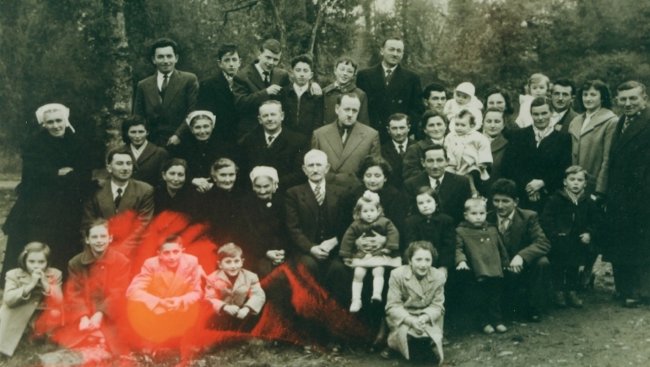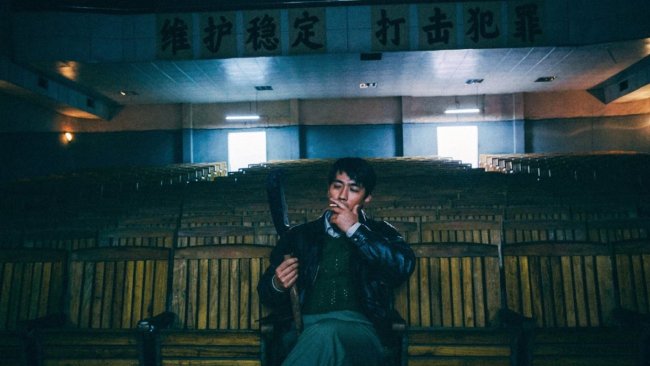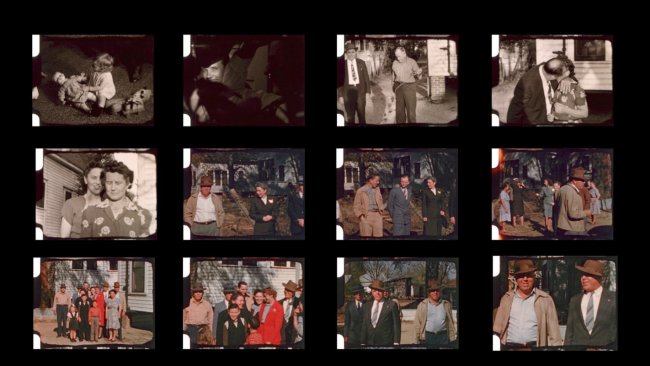Silent Mist | Zhang Miaoyan
[…] The camera's gaze expresses rather the indifference and thus the distance from the deeds we witness, giving the entire story a sense of destiny and inevitability.
[…] The documentarist touch of «Silent Mist», however, is constantly balanced by the meditative and poetic style of the images; but this does not amount to an anesthetization that would water down the political charge of Miaoyan’s denunciations. On the contrary: his refined aesthetic reinforces an intensification of his critical stance.
Filmexplorer had the chance to meet with Zhang Miaoyan in Geneva and to discuss his movie, the details of his aesthetic, and his commitment as a filmmaker.
Text: Giuseppe Di Salvatore | Audio/Video: Ruth Baettig
The legend is that the travelling was first “discovered” in Venice, by the Lumière brothers putting the camera on a gondola. That may be why we are given the impression that there is something archaic in Zhang Miaoyan’s latest movie, which starts with a journey on the waters of a canal town in southern China. The slow-paced journeys in very long shots becomes the leading feature of Silent Mist. Even if at the very beginning of the film the camera is following the town's inhabitants, Miaoyan’s trips do not convey a subjective perspective, insofar as the camera will continue to wander along the canals and narrow streets independently of the movements of the people. The camera's gaze expresses rather the indifference and thus the distance from the deeds we witness, giving the entire story a sense of destiny and inevitability.
To this respect, I am reminded of Sharham Mokri’s recent Fish and Cat, with which Silent Mist shares another fundamental feature: a peculiar mixture of calm and danger. In Miaoyan’s movie, this contrast is doubled by the contrast between the appealing beauty of the location and the repulsive horror of its criminal activities; as spectators, we are seduced and disgusted at the same time. The mystery of the invisible rapes of young women slowly leaves room for the sad truth of a perversion that is intimately bound with the parallel story of a rich estate owner who abuses his power and exploits the poor and weak people. Among them, the women are the easiest targets, and we can say that the whole story, in all of its details, brings out and sharply criticizes the crude (for the women) divide between men and women in rural China.
The documentarist touch of Silent Mist, however, is constantly balanced by the meditative and poetic style of the images; but this does not amount to an anesthetization that would water down the political charge of Miaoyan’s denunciations. On the contrary: his refined aesthetic reinforces an intensification of his critical stance. On the level of the soundtrack, for example, the use of Chinese traditional music – which could give to the story an old-fashioned and distant aura – is balanced by a very physical and realistic soundscape. The use of wide-angle camera lens produces a dreamy atmosphere that goes together with the hypnotic charm of the canal town; but the effect of surrealism and extra-temporality that these elements build finally transposes the story on a paradigmatic level, increasing its emotional force and making it more universal.
One example of this efficaciousness of the surreal transposition are the scenes in which the rape victims express their despair by wandering aimlessly through the streets: they wear long dresses, with unbound long hair, as if they were sacred figures with no more connection to society; excluded and superior, like phantoms. And their beautiful silence becomes the most powerful cry.
This article contains a third-party video. If you would like to watch the video, please adjust your settings.
Info
Silent Mist | Film | Zhang Miaoyan |CHN-FR 2017 | 101’ | Black Movie Genève 2018
First published: January 28, 2018





